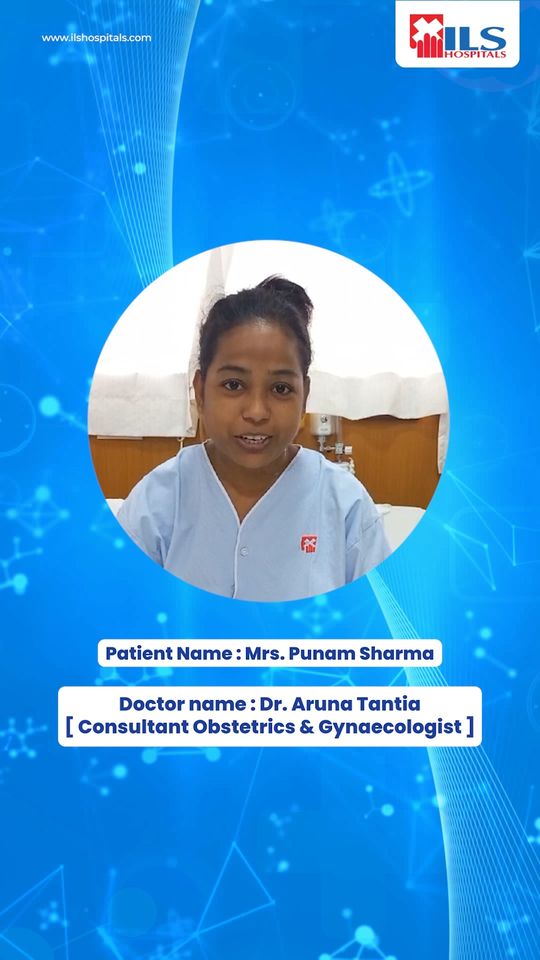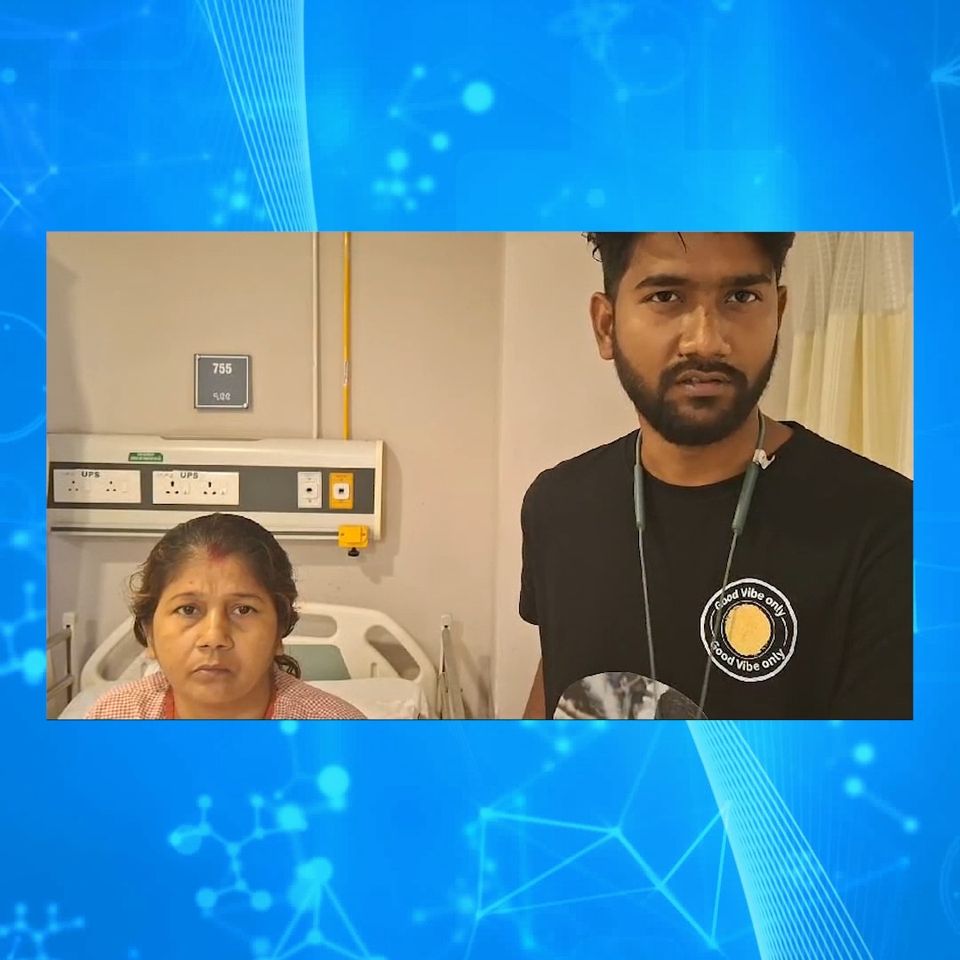ILS Hospitals: Pioneering Kidney Transplants for a Healthier Tomorrow
Kidney Transplantation, also known as Renal Transplantation, is a surgical procedure that involves the implantation of a healthy donor kidney into a patient suffering from end-stage renal disease (ESRD). This life-changing procedure offers a new lease on life for individuals whose kidneys have lost about 90% of their function. Common causes of ESRD include uncontrolled/high blood pressure, diabetes, polycystic kidney disease, analgesic abuse, and glomerulonephritis.
Options for End-Stage Renal Disease Patients
- Patients with end-stage renal disease typically have three main treatment options:
- Haemodialysis: This involves multiple hospital-based dialysis sessions each week, utilizing a vascular access to filter and return arterial blood. Adequate vascular access is essential to ensure the success of this treatment.
- Continuous Ambulatory Peritoneal Dialysis (CAPD): In this method, a tube is surgically inserted into the abdomen. The patient fills the abdominal cavity with dialysis solution, allowing it to dwell for 60-90 minutes. Regular exchanges are required to maintain proper kidney function. CAPD can be costly and poses a risk of infection if not performed meticulously.
- Kidney Transplant: In a kidney transplant, a healthy kidney from a compatible donor is transplanted into the patient’s body to restore normal renal function. Patients may need to undergo dialysis while waiting for a transplant.
At ILS Hospitals, we offer various kidney transplant options, including advanced procedures like ABO Incompatible Kidney Transplant (transplant without a blood type match), second transplants, and pediatric transplants.
Identifying the Right Candidates for Kidney Transplants
- The right candidates for kidney transplants are individuals who:
- Are suitable for a successful transplant procedure.
- Can withstand the post-operative effects of surgery.
- Comply with the prescribed treatment plan and attend regular follow-up checkups.
Types of Kidney Transplants
- Matching the patient’s blood group with the donor’s is vital for a successful kidney transplant. Different blood groups and their potential matches are:
- Patient Blood Group AB: Donor Blood Groups A, B, AB, O
- Patient Blood Group A: Donor Blood Groups A, O
- Patient Blood Group B: Donor Blood Groups B, O
- Patient Blood Group O: Donor Blood Group O
Reasons for Kidney Transplants
Kidney transplantation is the definitive treatment for patients with end-stage renal disease. This condition is characterized by chronic kidney disease (CKD) and the need for regular dialysis or imminent permanent dialysis requirement. Kidney transplantation offers several advantages, including:
- Treatment for kidney failure.
- Improved quality of life.
- Elimination of the need for dialysis.
- Increased life expectancy.
Hospital Admission Procedure for Kidney Transplant
- The kidney transplant process involves several steps:
- Immunosuppressant medications are initiated two days before the transplant for the recipient.
- Additional immunosuppressants may be administered to the recipient the night before surgery to reduce the risk of rejection.
- Dialysis is performed one day before the transplant.
- Blood is cross-matched and arranged for the surgery.
- The transplant team educates the patient about the procedure and answers any questions.
- Documentation and consent forms are completed and signed.
- The patient must fast for at least 8 hours before the transplant.
What to Expect From Kidney Transplant Procedure
Before the Procedure:
Before undergoing renal transplant surgery, both the donor and recipient must undergo a series of tests to ensure their suitability for the procedure. Donor evaluation checks for fitness for donation and the absence of diseases that could impact their life after donation. In living donor situations, one of the donor’s two kidneys is retained.
In cadaveric donation, two to three ESRD patients on the waiting list are called when a cadaveric kidney becomes available. The patient with the best cross-match with the donor kidney receives the graft.
During the Procedure:
During the renal transplant procedure, the surgeon makes an incision on one side of the lower abdomen and places the donor kidney into the recipient’s abdomen. The blood vessels of the donor kidney are connected to the recipient’s arteries and veins, while the ureter of the donor kidney is linked to the recipient’s bladder. A silicone stent is placed inside the donor kidney to the patient’s urinary bladder, which is usually removed two weeks after surgery through a flexible cystoscopy. A urinary catheter and drainage tube are also inserted but removed before hospital discharge. The abdominal incision is closed with fine sutures or staples. The patient typically stays in the hospital for around 7 days.
Donor kidneys are usually removed laparoscopically through 3-4 small incisions and one small lower abdominal cut. Donors are generally discharged from the hospital around 4 days post-surgery.
After the Procedure:
After the operation, the patient typically produces a significant amount of urine, ranging from half to one liter per hour, which eventually stabilizes to 2-3 liters per day after 5-7 days. Creatinine levels improve to normal, but immunosuppressant drugs are initiated and monitored based on blood levels. Regular checkups are essential, initially scheduled twice a week for a month and then weekly for the following month. Patients must continue taking immunosuppressant medication for life.
Post-Transplant Care and Follow Up
After surgery, the patient remains in the hospital for at least a week and undergoes post-operative tests to monitor urine production and medication levels. Regular follow-ups are critical to ensuring that the transplanted kidney functions correctly.
Risks Associated With Kidney Transplantation
Like any transplant, renal transplantation carries potential risks and complications, including kidney rejection, infection, bleeding, graft failure, and reactions to medications. Early diagnosis and treatment through regular follow-up and investigations are crucial to managing these complications.
Understanding Donors
- There are two primary types of kidney donors:
- Living Donor: Healthy individuals with two kidneys can donate one without compromising their future health. Living kidney donation often involves a healthy, blood-group-matched relative donating a kidney to a patient with ESRD.
- Deceased Donor: Organs from brain-dead or, at times, cardiac death patients are used to provide a new lease on life to ESRD patients. Both kidneys from these donors are used for transplantation. Such procedures are governed by NOTTO (National Organ & Tissue Transplant Organization), with hospitals maintaining a waiting list of ESRD patients.
Minimum Requirements for an ABO Incompatible Donor
- For a successful ABO incompatible kidney transplant:
- The donor should have the same blood group as the patient (or be O-positive, like a universal blood donor).
- The donor’s kidney must be in good condition for normal renal function.
- HLA typing helps determine the degree of antigen matching, with fewer mismatches leading to improved graft survival.
Donor Outcomes
At ILS Hospitals, we perform laparoscopic donor nephrectomies, allowing patients to move around freely from the day after surgery. Generally, donors are discharged from the hospital within 3-4 days post-surgery. Long-term follow-up demonstrates that, with appropriate lifestyle modifications, donors can lead normal lives.

































